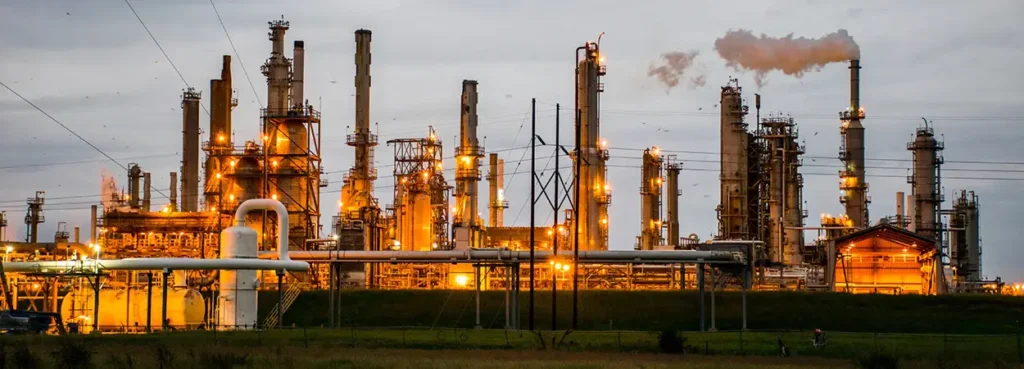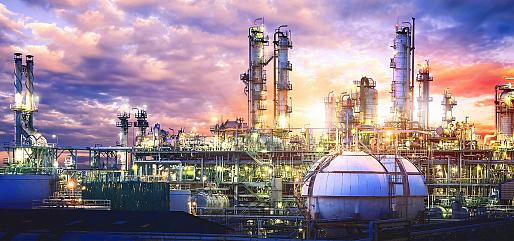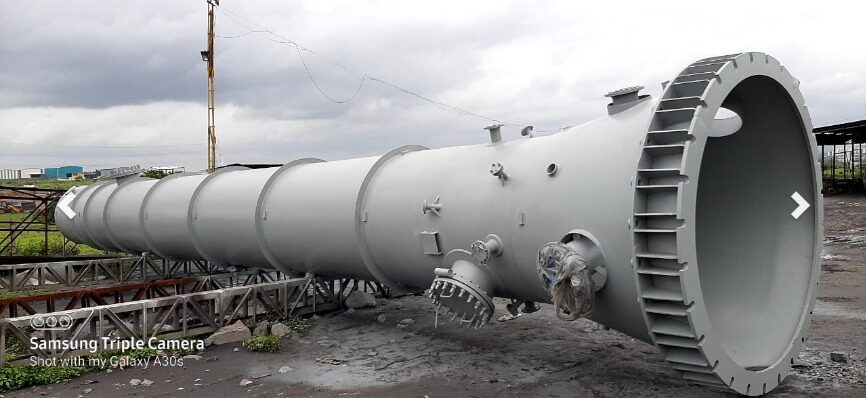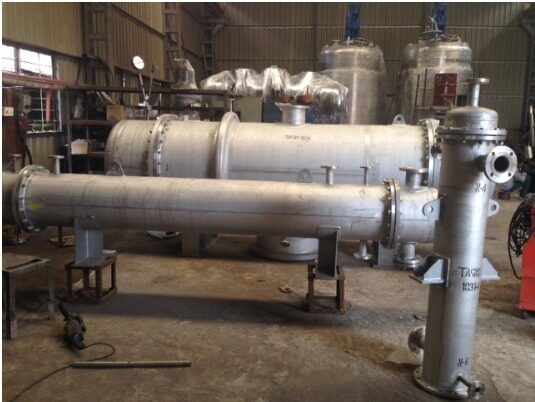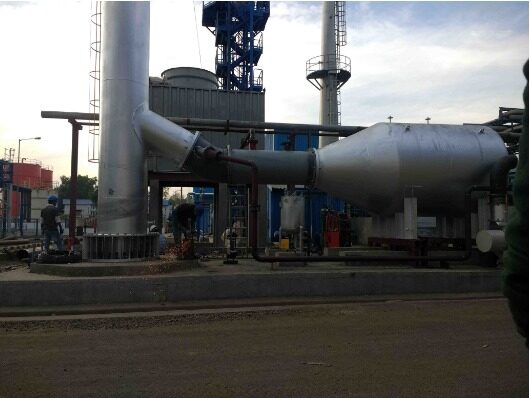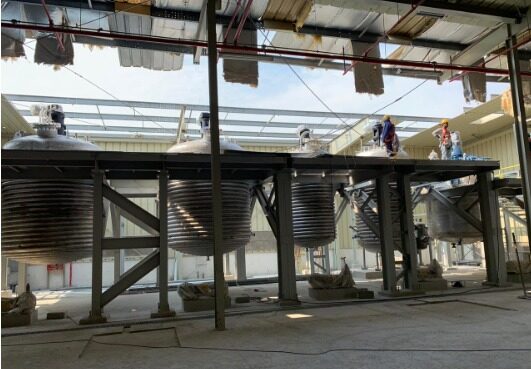ABOUT-
The boom in demand for petrochemical products means that petrochemicals are set to account for over a third of the growth in oil demand to 2030, and almost 1/2 to 2050, ahead of vehicles, aviation and shipping. Petrochemical products are everywhere and are integral to trendy societies. They encompass plastics, fertilizers, packaging, apparel, virtual gadgets, medical equipment, detergents, tires and many others. They’re also found in lots of components of the current power device, including solar panels, wind turbine blades, batteries, thermal insulation for homes, and electric powered car elements. The destiny of Petrochemicals takes a close have a look at the consequences of developing demand for those merchandise, and what we can do to boost up a smooth strength transition for the petrochemical enterprise.
ASSOCIATION-
| NAME | URL |
| CPMA | https://cpmaindia.com/ |
| Department of Chemicals & Petrochemicals | https://chemicals.nic.in/ |
DESCRIPTION-
Petrochemicals are a group of chemical compounds that are obtained from petroleum and natural gas, and they serve as fundamental raw materials in the production of a diverse range of products. These petrochemical products are essential components of modern life, used in the manufacturing of a broad range of items such as plastics, synthetic fibers, rubber, solvents, and various chemical intermediates.
The petrochemical industry involves complex chemical processes, such as cracking, distillation, and polymerization, to convert raw materials like crude oil and natural gas into various petrochemical products. These products are widely used in many sectors, including the automotive, construction, electronics, agriculture, and healthcare industries.
Petrochemicals can be classified based on their chemical properties or structure. One common way to classify them is by their chemical structure, with some examples including:
- Olefins: Unsaturated hydrocarbons like ethylene, propylene, and butadiene.
- Aromatics: Compounds containing an aromatic ring, such as benzene, toluene, and xylene.
- Polyolefins: Polymers derived from olefins, like polyethylene and polypropylene.
- Vinyls: Polymers derived from vinyl chloride, such as polyvinyl chloride (PVC).
- Polystyrenes: Polymers derived from styrene, including polystyrene and expandable polystyrene.
RELATED EQUIPMENT-
In the petrochemical industry, a range of equipment is utilized for various processes. Some examples are:
- Distillation columns: Employed to separate and purify diverse constituents of crude oil or natural gas liquids.
- Reactors: Employed for different chemical reactions like polymerization and cracking.
- Heat exchangers: Employed to transfer heat between fluids or gases while cooling or heating feedstocks or products.
- Pumps and compressors: Employed to convey fluids and gases through processing units and pipelines.
- Storage tanks: Employed to store raw materials, intermediates, and finished products.
- Separators and filters: Employed to separate impurities or by-products from the final product.
- Instrumentation and control systems: Employed to monitor and regulate parameters such as flow rates, pressure, and temperature.

